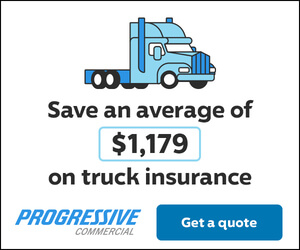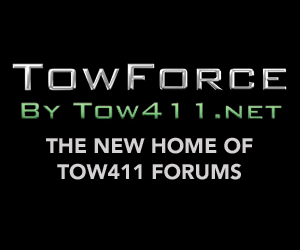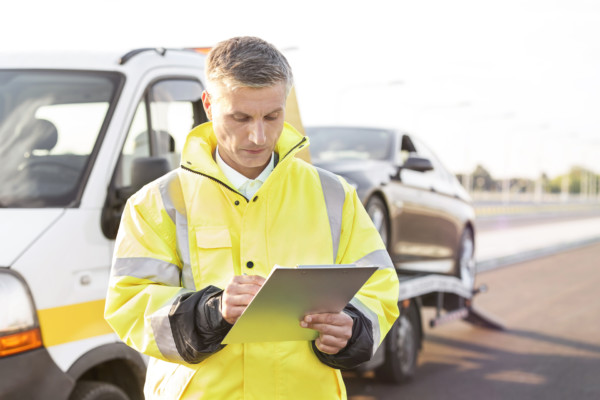
I have come across an interesting phenomenon several times in the past few years. I would say it is unique to our industry, but it applies equally to any business that operates twenty-four/seven, or at least long hours during the day and seven days a week.
I’m talking about the grand plan where you start a business from the ground up, beginning with one truck or a few trucks, build up things to the point where you have light-, medium-, and heavy-duty covered with trucks and trained operators, and a plethora of accounts to keep your folks busy and the money coming in. Here is where the true breakdown happens. You marry yourself to a “job,” not a “business,” and you might as well just be one of the other W-2 employees.
For example, about ten years ago, I interviewed for a heavy towing/manager position in Montana. It was a great location with a major interstate nearby, large town, and a fleet of eleven or twelve great looking, custom painted or wrapped trucks. The problem was the pay. I was offered ten dollars an hour and no commission. I did not get mad, but I was bewildered as to why a company owner would offer $400 a week and no room for making more, considering the qualifications I had. So, I asked about it. He explained that he was the only one who had been to any formal training classes, the only one who could operate their fifty-ton, and the one who calls the shots at all the wreck scenes. He created a scenario where he was the only one he trusted or truly knew what he was doing, and he had a group of drone worker bees that couldn’t think for themselves and didn’t have real training and experience.
I refused the job offer, of course, since a good heavy operator is easily worth three times that much. I kept going back in my mind to understand just how the guy makes it all work. The answer to that question is that he does not. He is continually dealing with a new crop of minimum-wage level workers who can tear up equipment, damage vehicles, and could never handle a wreck scene on their own. The other thing he has done is that he guaranteed that he could never take a weekend off. Because he did not train, educate, and trust his people, he HAD to be available on every call that is more serious than a parking lot tow.
The guy does not have a company. He has a job. If he had a company, he could train his people and delegate supervision, and build enough confidence in his folks to where they could handle a small or large wreck scene on their own while the owner was camping in the mountains. The most depressing aspect of all this is that the guy lives in one of the most beautiful areas of the country and can’t go camping, fishing, hunting, or anything else – plus, he’ll work himself into the ground and look and feel like he’s eighty when he’s just fifty.
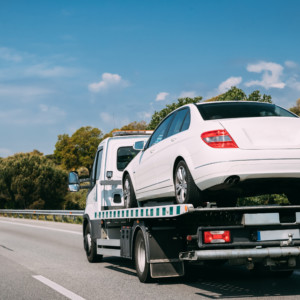
I have brought this one up before. In Casper, Wyoming, a lady inherited her husband’s towing company after his untimely death and let her “operations manager” run the show. During normal operations, I am sure things went well. During big wrecks, though, is where the trouble surfaced. I interviewed over the phone with her “manager.” I asked him how he trained his people. He explained that he tells them to roll over a car, for example, and then he tells them what all they screwed up. That is not being a trainer – that is being a bully. Now the driver hates you, and they did not learn much. This manager was on-call for every single tow or wreck and was tied to the phone or responded in-person. The guy was incredibly insecure, yet had a huge ego, so he could not possibly let his people think for themselves for fear that they might learn something. Also, then he might not be as necessary to the owner. The lady complained about employees treating her company as if there was a revolving door. Who would want to work like that?
The latest experience comes from Texas. The owner of the company is significantly detached due to health issues, so his “manager” runs the show, and what a show it is. He flaunts to his employees that he is the only one trained on anything yet does not realize that his primary job as a “manager” and experienced driver IS to train. The manager showed me a rollover stick and scoffed that “none of these idiots” know how to use one. I asked why he had not shown it to them and trained them on it, and I got a blank stare. This guy regularly curses his people, calling them names that would make a drunken sailor blush, and then wonders why they do not respect him. He hands out days off only after special favors and keeps days off away from certain people out of personal judgement. He rations out time off in such a way people only know about a day off a few hours before the time starts. His people have no way to plan anything with their family, friends, or home projects.
I have used “manager” in quotes simply because these guys are not managers. They are bullies. They do not think ahead and plan. They are reactive instead of proactive. They scream, freak out, throw stuff, etc., over things they could have planned for. They are always putting out fires that could have easily been prevented. Why? Because they are burnt out, and they did it to themselves.
Now the Texas guy has not had a weekend off in twenty years. Not because the boss wouldn’t let him, but because the guy can’t make a schedule to save his life, doesn’t trust anyone with the bigger equipment because he won’t train them, and is afraid he’s going to miss something.
There is no real hope for the three men I have detailed here. They’re going to come to an ugly realization when they hit sixty or so that they’ve missed countless family events, times with their kids, and their health is failing, and their bodies are beaten into the ground.
There IS hope for those people reading this article. Train your people. Instill confidence. Delegate authority. Take time off. Taking time off shows that you trust your people. If you can’t take time off and allow someone else to handle things, YOU are the one who truly suffers through that revolving door of angry employees and dealing with your significant other because you can’t take a night or weekend off like people in other companies and other industries. You deserve to enjoy the company you built, but your own ego and insecurities may have you locked into just having a JOB.


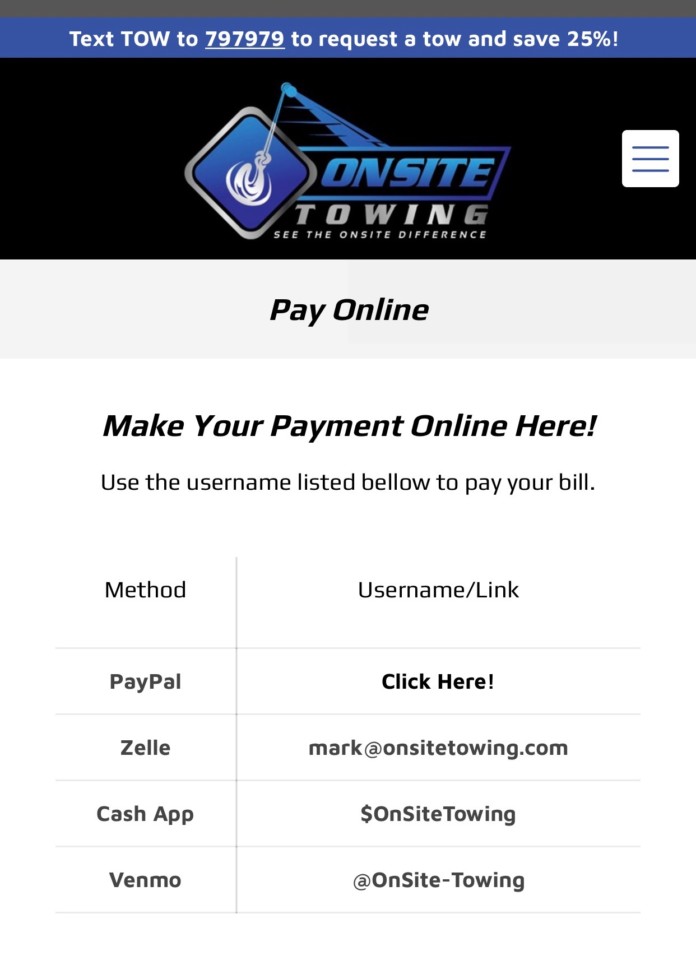
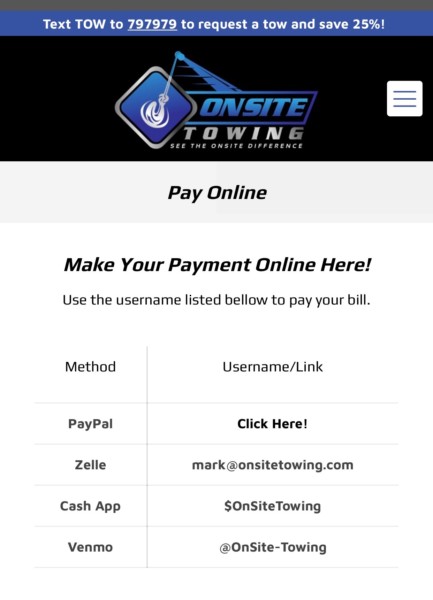 Many tow operations find themselves stuck in an outdated business pattern.
Many tow operations find themselves stuck in an outdated business pattern.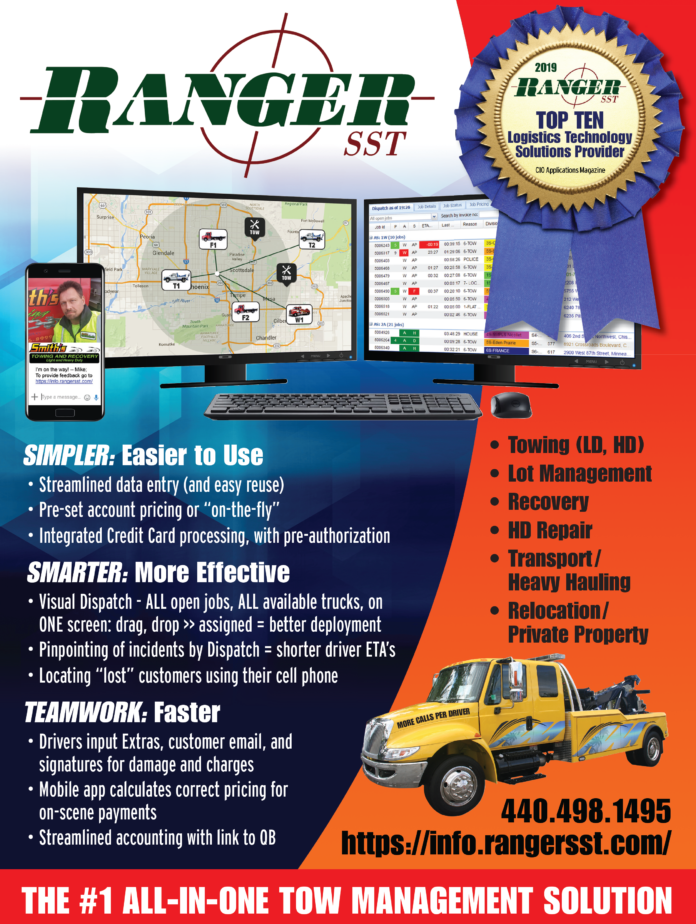
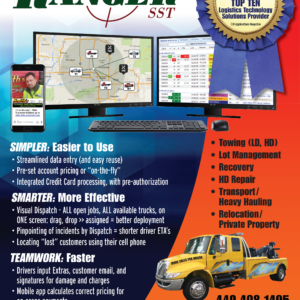 For credit card processing, Ranger has recently integrated features available in some other payment processing platforms directly into the Ranger Tow Management Solution.
For credit card processing, Ranger has recently integrated features available in some other payment processing platforms directly into the Ranger Tow Management Solution. 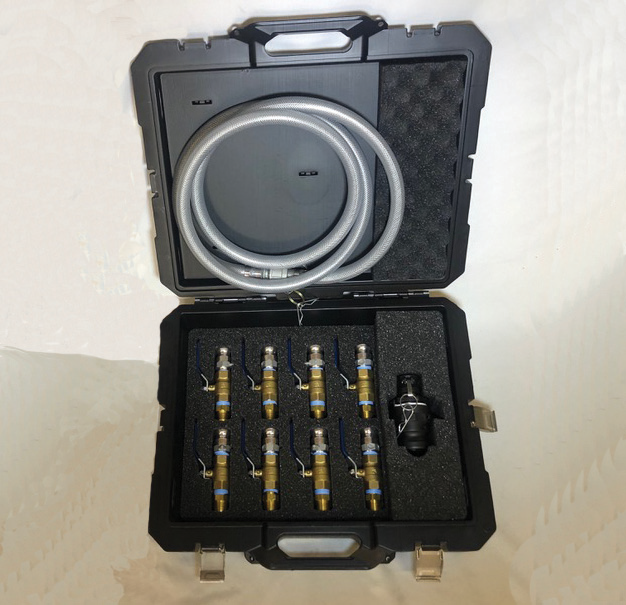
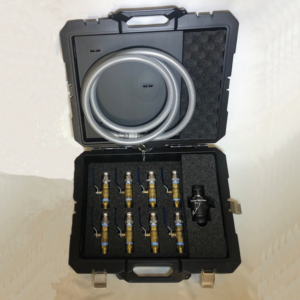 FEATURES
FEATURES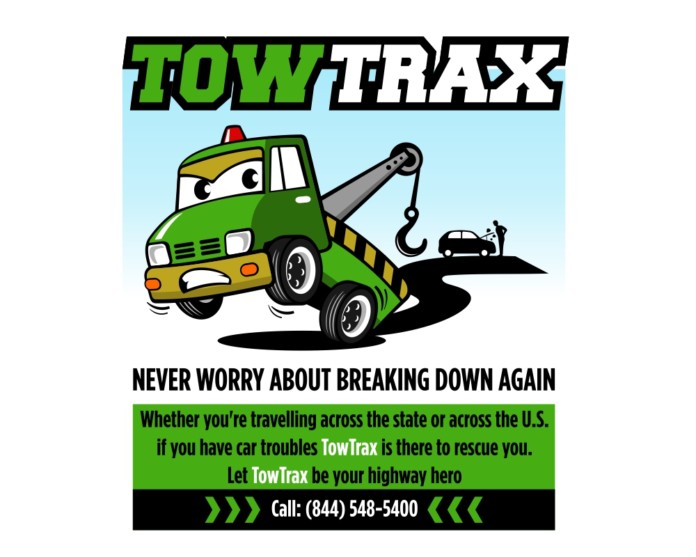
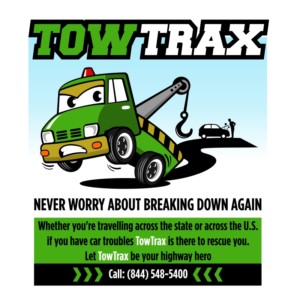 You never have to worry about car troubles when traveling ever again.
You never have to worry about car troubles when traveling ever again.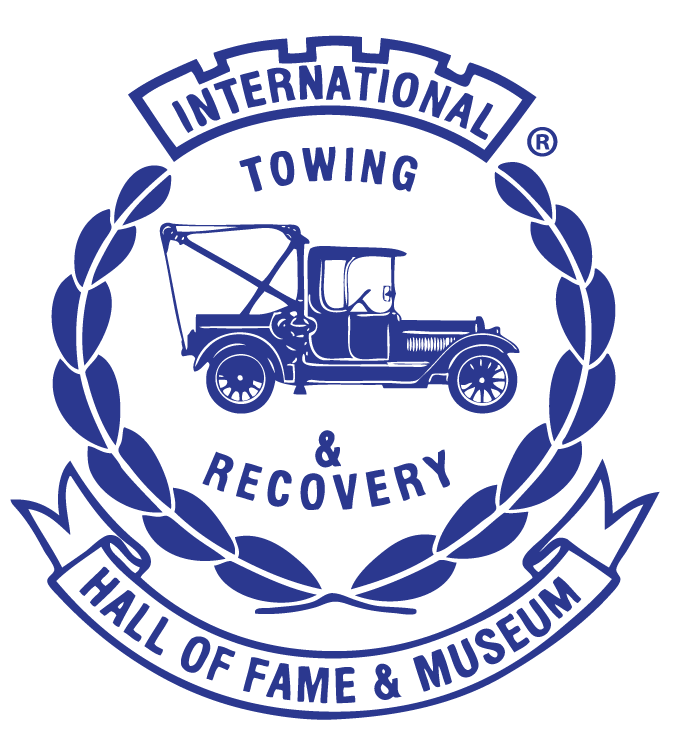
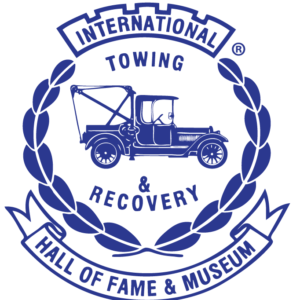 CHATTANOOGA, TN, — The International Towing and Recovery Hall of Fame and Museum today announced that it has completed the selection process for induction into the International Towing and Recovery Hall of Fame as the Class of 2020.
CHATTANOOGA, TN, — The International Towing and Recovery Hall of Fame and Museum today announced that it has completed the selection process for induction into the International Towing and Recovery Hall of Fame as the Class of 2020.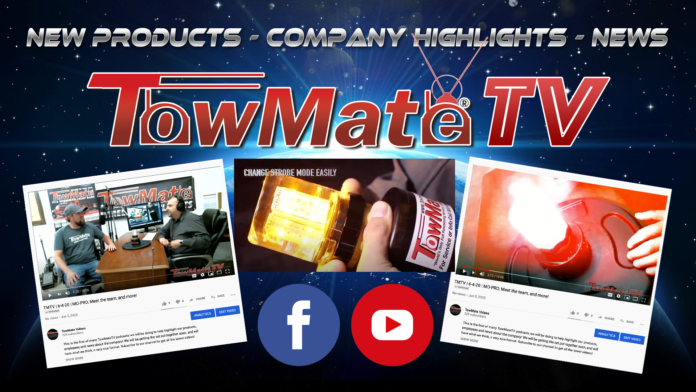
 On TowMateTV, we will be introducing our newest products and explaining them in detail, shown both in-studio and in-use. You will get to meet our staff and find out why they do what they do, and why they love to help you stay safe. You will also learn about our next ideas for growth, change, and the next level of technology that will evolve the towing industry into a new era. Check our YouTube channel and Facebook page for episodes!
On TowMateTV, we will be introducing our newest products and explaining them in detail, shown both in-studio and in-use. You will get to meet our staff and find out why they do what they do, and why they love to help you stay safe. You will also learn about our next ideas for growth, change, and the next level of technology that will evolve the towing industry into a new era. Check our YouTube channel and Facebook page for episodes!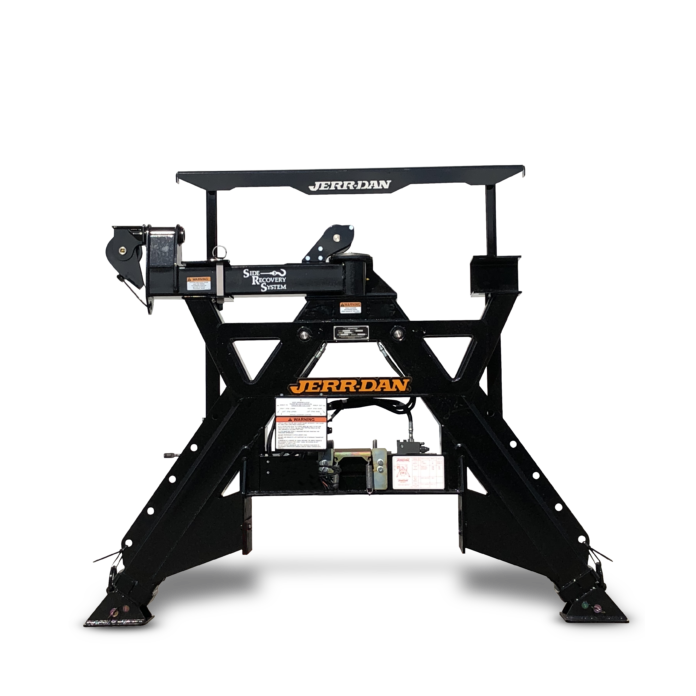
 The Jerr-Dan Side Recovery System (also known as SRS) series offers product versatility by adding unparalleled recovery capability to any unit. The SRS is available for wreckers and carriers. On a carrier, the SRS-8 and SRS-10 are the strongest and most durable in their class.
The Jerr-Dan Side Recovery System (also known as SRS) series offers product versatility by adding unparalleled recovery capability to any unit. The SRS is available for wreckers and carriers. On a carrier, the SRS-8 and SRS-10 are the strongest and most durable in their class.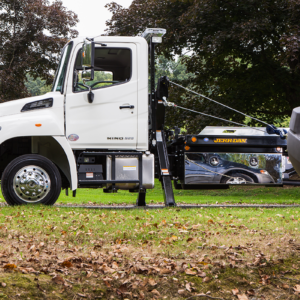 The SRS-25 and SRS-35 offer maximum pulling capacity and add versatility to the heavy-duty product line. On any SRS model, the pivoting recovery boom makes recovery from either side of the vehicle possible.
The SRS-25 and SRS-35 offer maximum pulling capacity and add versatility to the heavy-duty product line. On any SRS model, the pivoting recovery boom makes recovery from either side of the vehicle possible.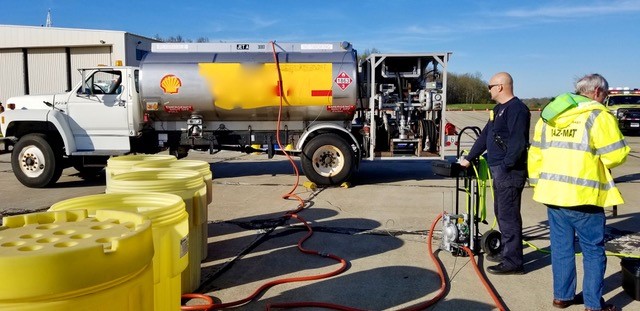
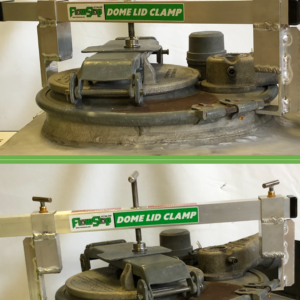
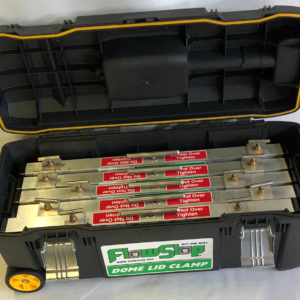
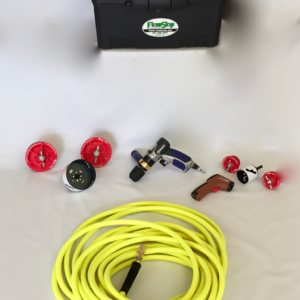 AIR DRILL KIT
AIR DRILL KIT Cargo Tanker Vac Stinger
Cargo Tanker Vac Stinger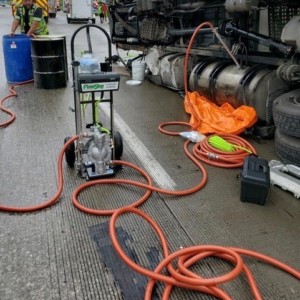 Yamada 1” Dual Diaphragm Pump Aluminum Housing Excellent for Hydrocarbons & Light Chemicals
Yamada 1” Dual Diaphragm Pump Aluminum Housing Excellent for Hydrocarbons & Light Chemicals 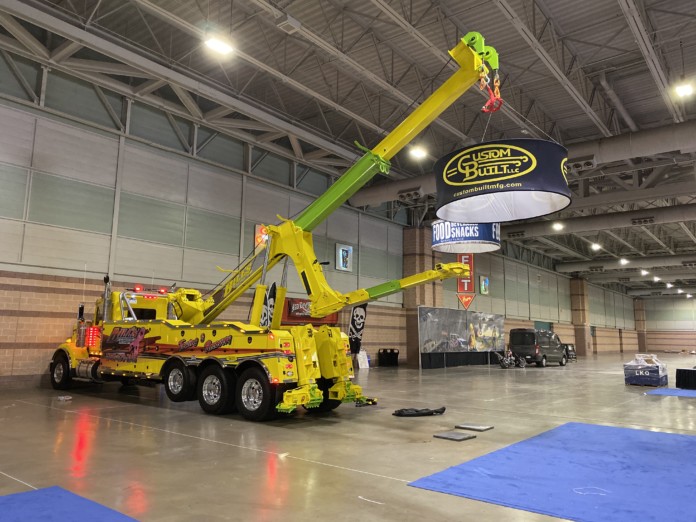
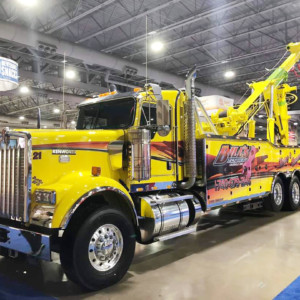
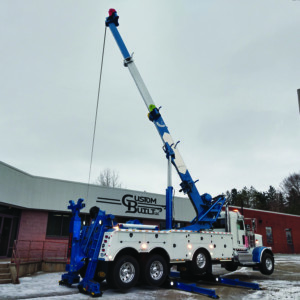
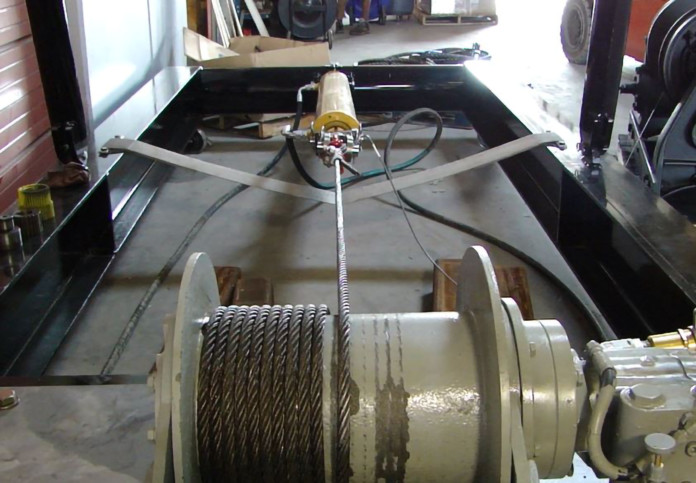
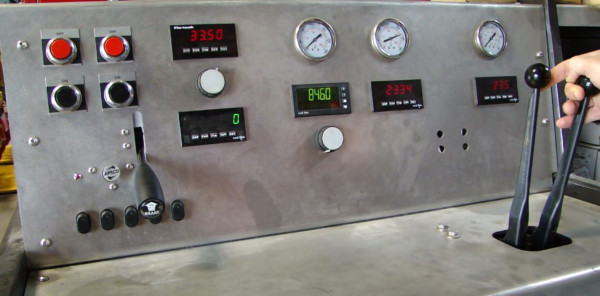 DIVERSIFIED MARKETS
DIVERSIFIED MARKETS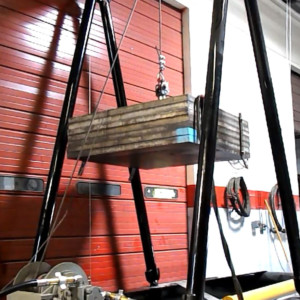 Since 1981, after first opening its doors in Odessa, Texas, Winches Inc. has expanded its operations to branches in Houston, Texas and Broken Arrow, Oklahoma. We now specialize in towing recovery, utility, energy, construction, and marine markets. We have had many repeat customers as well over the years as a reliable provider of winch parts and service. Each location also has a service group ready to answer questions, repair and/or replace a winch currently used in the field. Winches Inc. is a one-stop-shop organization.
Since 1981, after first opening its doors in Odessa, Texas, Winches Inc. has expanded its operations to branches in Houston, Texas and Broken Arrow, Oklahoma. We now specialize in towing recovery, utility, energy, construction, and marine markets. We have had many repeat customers as well over the years as a reliable provider of winch parts and service. Each location also has a service group ready to answer questions, repair and/or replace a winch currently used in the field. Winches Inc. is a one-stop-shop organization.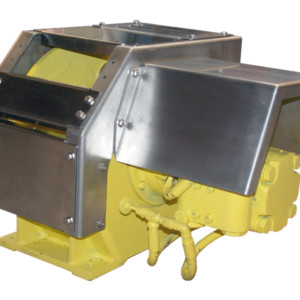 New products offered include our Rigmaster guard kit packages that provide protection to keep hands, tools, and debris away from the wire rope on the cable drum. Other desirable options include the RigMaster guard with integral tension roller that assists in proper cable spooling under light to heavier load conditions.
New products offered include our Rigmaster guard kit packages that provide protection to keep hands, tools, and debris away from the wire rope on the cable drum. Other desirable options include the RigMaster guard with integral tension roller that assists in proper cable spooling under light to heavier load conditions. 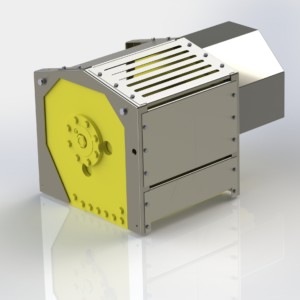 • All stainless-steel construction for long life in harsh environments.
• All stainless-steel construction for long life in harsh environments.

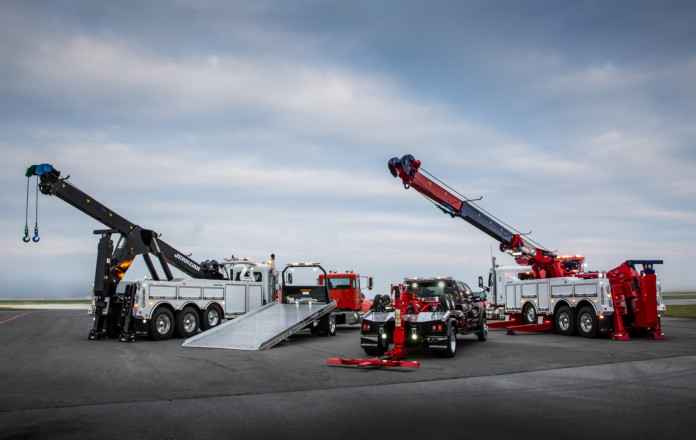
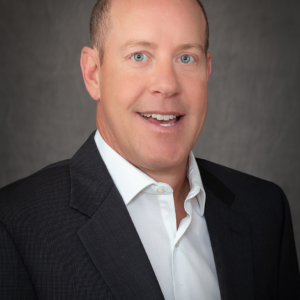

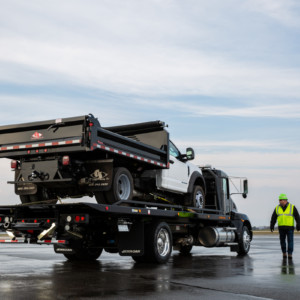 Bob Nelson: We meet weekly through a video conference call with a council that is made up of distributors from across the nation. This gives us an opportunity weekly to get a snapshot of what is happening at ground level with our distributors by hearing from them and sharing information across a variety of our locations nationwide.
Bob Nelson: We meet weekly through a video conference call with a council that is made up of distributors from across the nation. This gives us an opportunity weekly to get a snapshot of what is happening at ground level with our distributors by hearing from them and sharing information across a variety of our locations nationwide.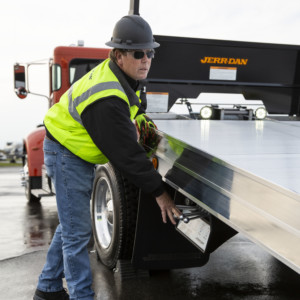 Bob Nelson: The companies both have been through tough times and have had to handle adversity. I am really looking forward to the challenges ahead for Jerr-Dan. My biggest concern is keeping 375 employees healthy and gainfully employed at a company that they
Bob Nelson: The companies both have been through tough times and have had to handle adversity. I am really looking forward to the challenges ahead for Jerr-Dan. My biggest concern is keeping 375 employees healthy and gainfully employed at a company that they 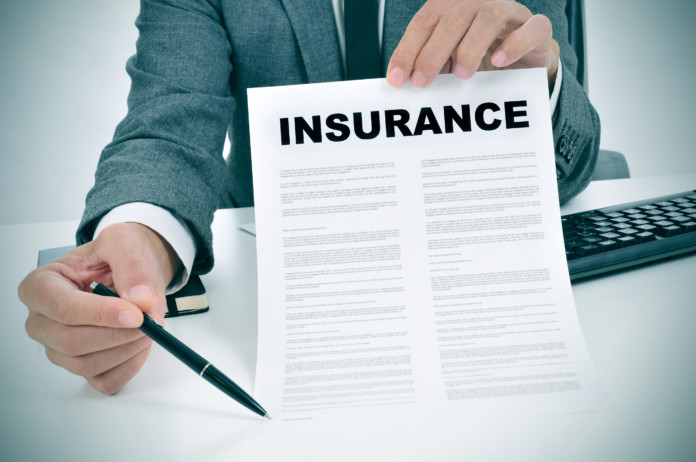
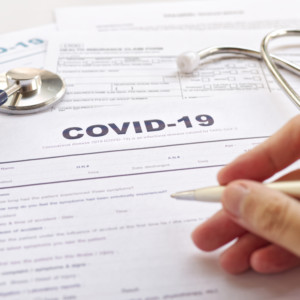 All the COVID-19 government restrictions have greatly reduced the number of cars on the roads during morning and afternoon commute times because obviously hardly anyone is commuting right now. This reduces the number of broken-down vehicles needing road service, and the number of car crashes needing your services to clean up. This has negatively impacted your business, but those events are usually paid for by insurance companies. The insurance industry business has been positively impacted by the shutdowns. Claims handling is down significantly in the auto sector which translates to increased profits. Now you are thinking, “Let me get this straight- I’m struggling trying to keep my doors open, and those insurance companies are raking it in?!” It does not seem fair does it? Well the insurance industry did not think so either. Most all the major companies have refigured their rates retroactively for the affected months based on much lower mileage. They have then issued refund checks to their customers. This is not just limited to personal lines drivers. Many companies have also done the same for their commercial auto accounts too!
All the COVID-19 government restrictions have greatly reduced the number of cars on the roads during morning and afternoon commute times because obviously hardly anyone is commuting right now. This reduces the number of broken-down vehicles needing road service, and the number of car crashes needing your services to clean up. This has negatively impacted your business, but those events are usually paid for by insurance companies. The insurance industry business has been positively impacted by the shutdowns. Claims handling is down significantly in the auto sector which translates to increased profits. Now you are thinking, “Let me get this straight- I’m struggling trying to keep my doors open, and those insurance companies are raking it in?!” It does not seem fair does it? Well the insurance industry did not think so either. Most all the major companies have refigured their rates retroactively for the affected months based on much lower mileage. They have then issued refund checks to their customers. This is not just limited to personal lines drivers. Many companies have also done the same for their commercial auto accounts too!
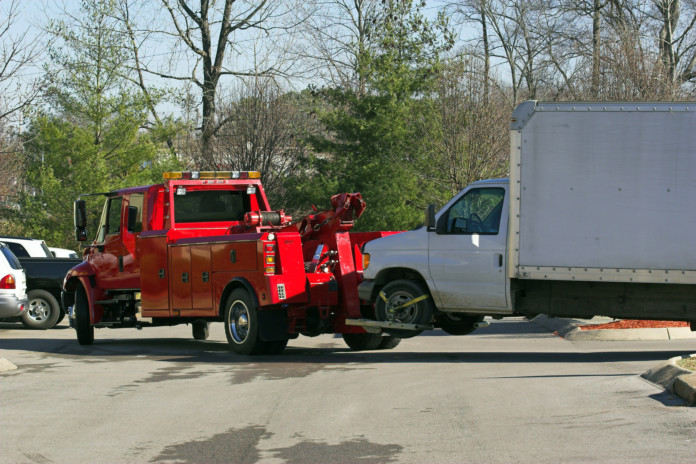
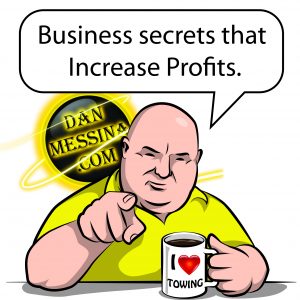 forward to it because I get to work closely with the industry.
forward to it because I get to work closely with the industry.
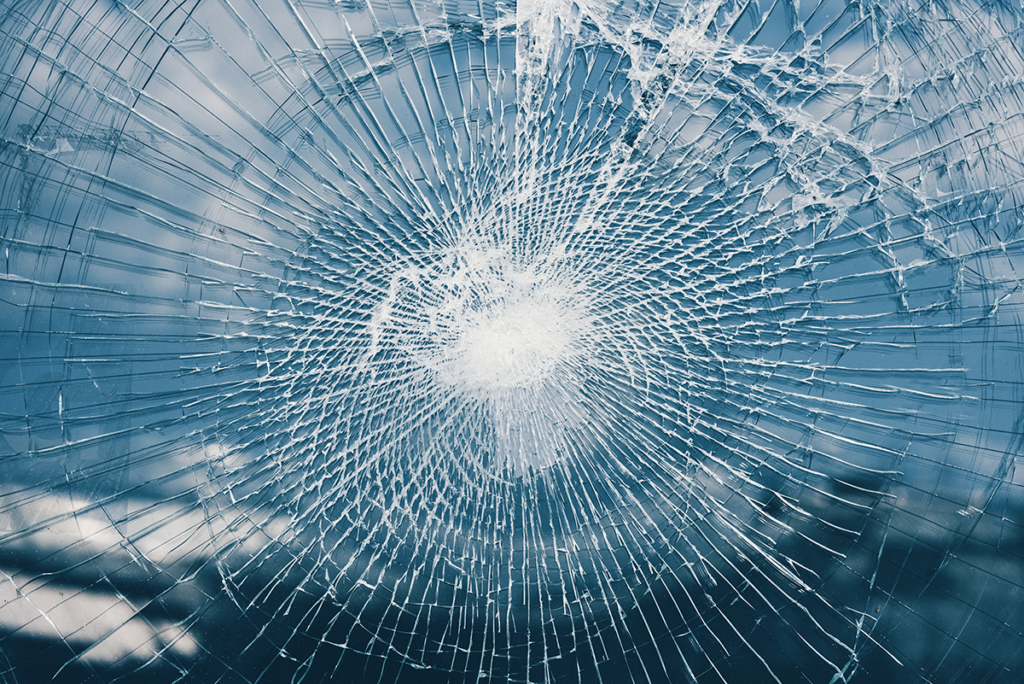 “As an industry, towers focus on below-the-hook training, meaning the cool stuff like rollovers, winch outs, and crash response. There is so much more to prepare for, stuff that is a much larger part of the typical tow operator’s daily routine, such as tire changes, jump starts, invoicing, or even how to properly wear a safety vest. Contrary to popular belief, towing is not exempt from OSHA. In fact, workplace safety for the towing industry is regulated by multiple state and federal agencies, not just OSHA. Towers are covered under OSHA general industry, Federal Motor Carrier Safety Administration, Federal Highway Administration as well as various state level Department of Transportation worksite standards. Further, if we are working on or near waterways, airports, military bases, or railroads, there are even more agencies that have a say in our workplace safety.
“As an industry, towers focus on below-the-hook training, meaning the cool stuff like rollovers, winch outs, and crash response. There is so much more to prepare for, stuff that is a much larger part of the typical tow operator’s daily routine, such as tire changes, jump starts, invoicing, or even how to properly wear a safety vest. Contrary to popular belief, towing is not exempt from OSHA. In fact, workplace safety for the towing industry is regulated by multiple state and federal agencies, not just OSHA. Towers are covered under OSHA general industry, Federal Motor Carrier Safety Administration, Federal Highway Administration as well as various state level Department of Transportation worksite standards. Further, if we are working on or near waterways, airports, military bases, or railroads, there are even more agencies that have a say in our workplace safety.